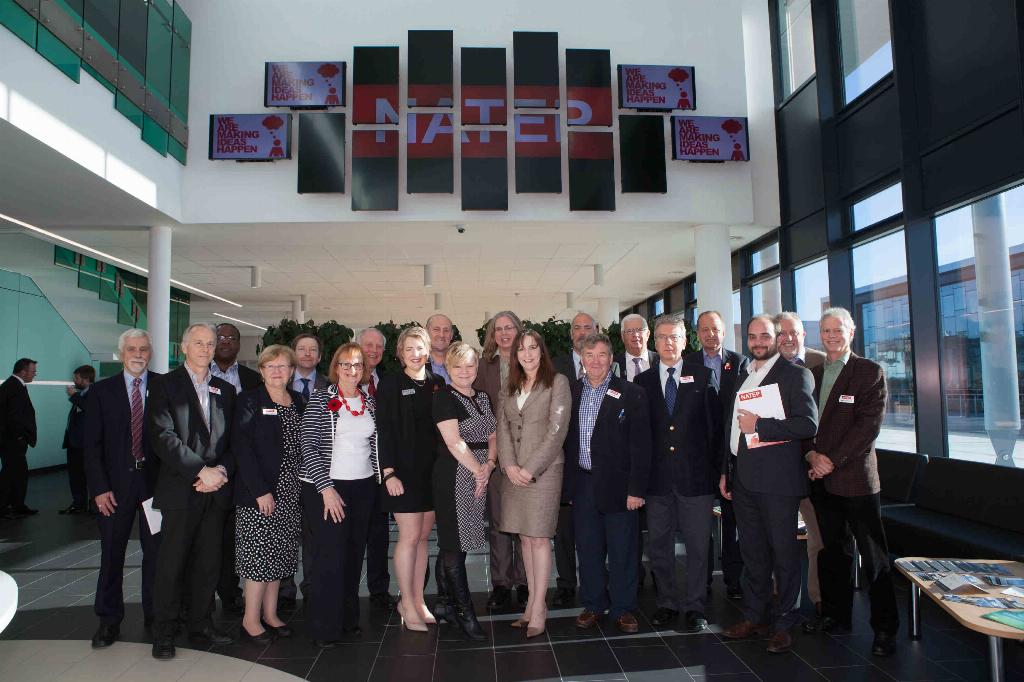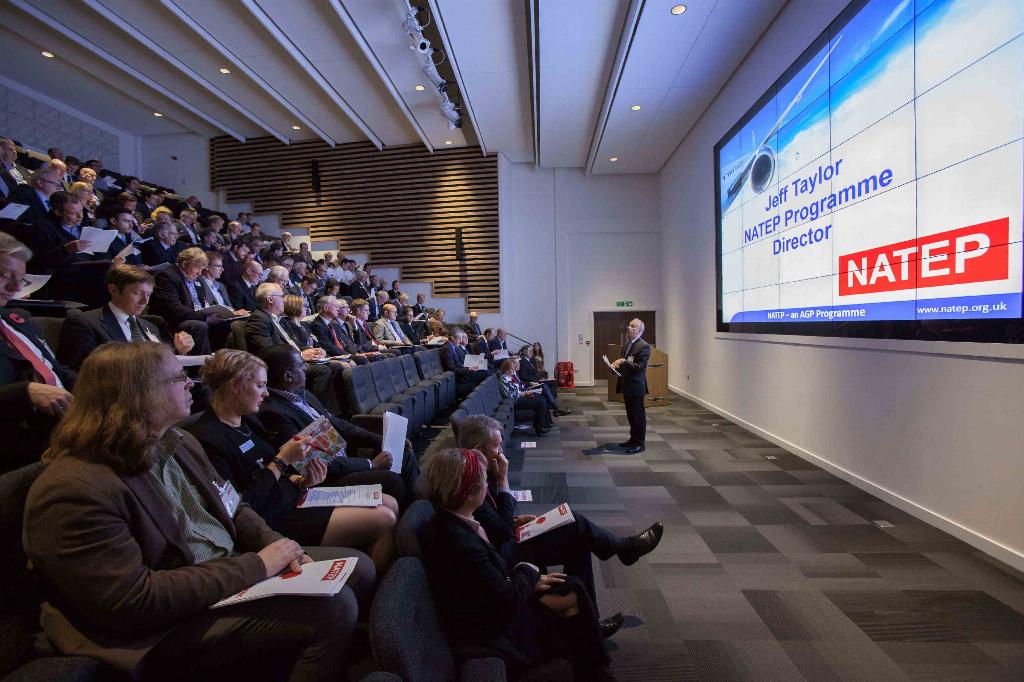Living the NATEP dream
Dr Neil Calder examines the latest developments taking place within the UK’s National Aerospace Technology Exploitation programme (NATEP).

At face value, the 100+ innovation projects will deliver a series of benefits to both the project participants and the end-users in providing innovative products and supply chain capability. The programme has also been configured to provide a vehicle for a significant element of business assistance to the participants, with intensive coaching from industry experts. The wider view of the programme’s impact now includes an aerospace value chain with visibly increased capability for innovation and developmental change within the lower tiers of the supply chain.
Dr Andrew Mair of the Midlands Aerospace Alliance, the architect of this programme, and of its precursor the smaller scale Midlands regional ATEP, believed that the traditional models for funding innovation were enabling the headline technical results to be achieved, but were not materially changing the capabilities or corporate CVs of the participants. The philosophy and model for the NATEP programme is centred on intensive connection with project participants and relies critically on both its national and regional elements to create the necessary level, nature, and intensity of dialogue. More than just about the technical results of the projects, this programme is developing the innovation culture and capability across the whole of the UK aerospace value chain.
Healthy human engagement
The factors that make the NATEP programme tick are the many instances of human engagement which surround the individual projects. The NATEP project officers use monitoring and review points for coaching and business support actions. Within the facilitation packages offered to project participants, technology road mapping, design of experiments, risk management, and IP management have all been well received.
The significance of the regional assessment panels, or RAPs, cannot be understated in delivering the successful outcomes already of the NATEP projects and continue to work within the framework of running projects. These bodies, drawn together in partnership with the English regional trade associations and also within the devolved assembly areas of Wales, Northern Ireland, and Scotland, comprise a high level of representation from primes and Tier 1 companies who have significant business interests in the relevant geographical areas and appropriate universities. They have proved highly effective in initially providing independent assessment of the project proposals and also subsequently during the project delivery phase in supplying ongoing specialist advice, signposting, and frequently providing network contacts to the project participants.
There are just over 100 funded projects either already completed or expected to be completed by the programme, which draw in around 250 active participating organisations, and with an impressive array of 140 different end-user companies added to this mix. Each NATEP project has to have at least one end-user active within the project structure, usually providing technical and market guidance. This population is peppered with good news stories and exemplars of how the hands-on approach within NATEP is working to develop the capabilities of supply chain companies. Many companies can be seen visibly grabbing the NATEP ball and running with it.
Valuechain.com is a company which is definitely living the NATEP dream. With its second project now under way, its intentions of developing software capability for collaborative working within high-value manufacturing supply chains have progressed immeasurably. The experiences within NATEP had driven it to the point of capturing a European Commission SME Instrument grant for an additional €3.2 million project to extend this work beyond UK borders. Dr Tom Dawes of Valuechain.com states that the experiences within NATEP of advancing their technology readiness level gave an ideal springboard for this follow-on commercialisation activity.
AVS-SYS has conducted two projects within the NATEP programme, with the intention of using these to develop innovative manufacturing capability for aircraft low-pressure air distribution ducting. These innovation projects have been a major part of their business development plans, which managing director Paul Heaton defines as providing a stepping stone for taking the company from a provider of engineering design capability to offering integrated design and manufacture of ducting systems.
Arrowsmith, a company involved and leading another of the projects, has really embraced the innovation culture exposing the whole workforce to the technologies and techniques represented within the Manufacturing Technology Centre. Engagement with this project has affected the culture of the whole organisation. Jason Aldridge, Arrowsmith managing director, cites its experiences within the NATEP programme as being instrumental in positioning the company alongside major aerospace players to keep up with the level of technology investment coming from the primes.
Evolution and change
With a population of projects as large as this, of course some are dropping off due to natural attrition. The main reasons for this are strategic direction changes within both the participants and end-users. Project variations have been dictated by alterations in business priorities, including mergers and acquisitions within the supply chain, and the natural movement of project champions.

Across the four English regions represented (Northern, Midlands, South West, South East) there’s a fairly even spread of projects. Although there is a centre of gravity of these which is centred on manufacturing process improvements, this also extends into the use of graphene and big data in the supply chain. There is a roughly 50-50 split with projects pitched at new products or offerings and those supporting the UK productivity challenge.
The five competition rounds of the current programme which are due to finish in March 2017 have created more momentum with the UK Aerospace supply chain than is represented in the current project portfolio. There is a pipeline of future project ideas which could receive future funding, indicative of a healthy demand for innovation support products within the aerospace sector.












